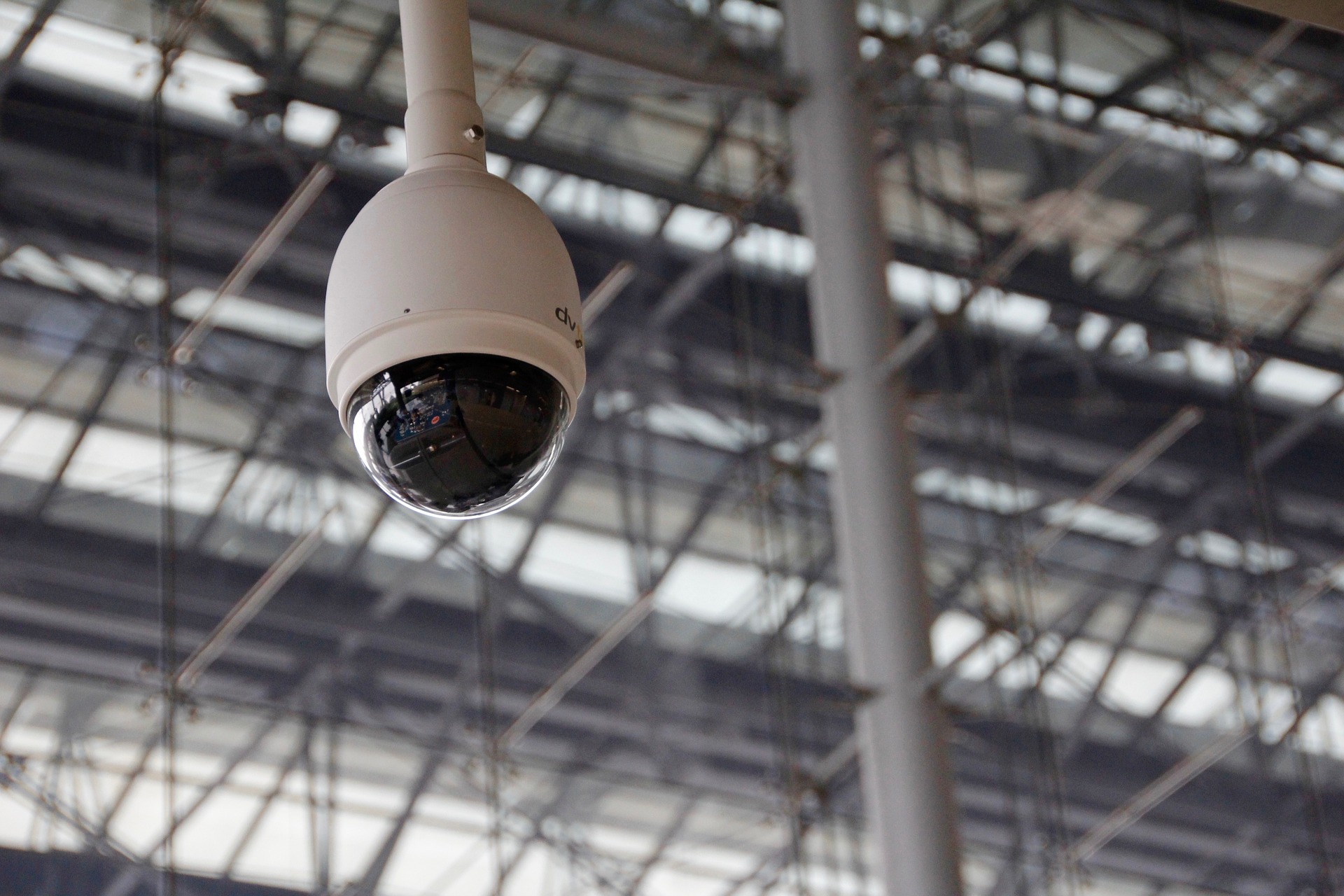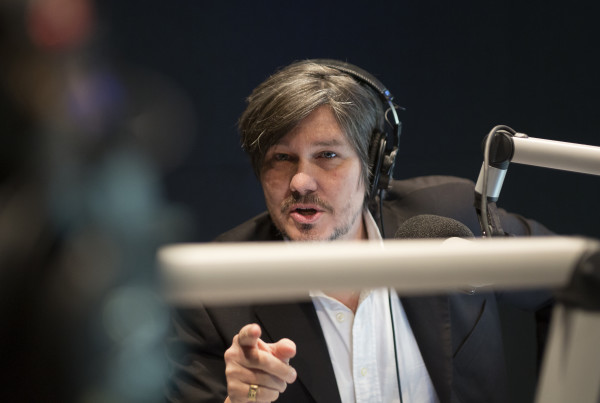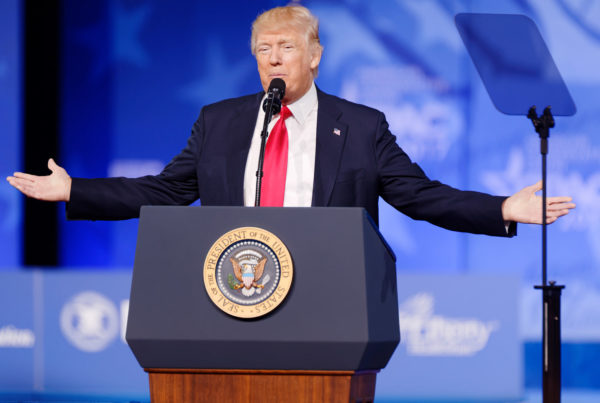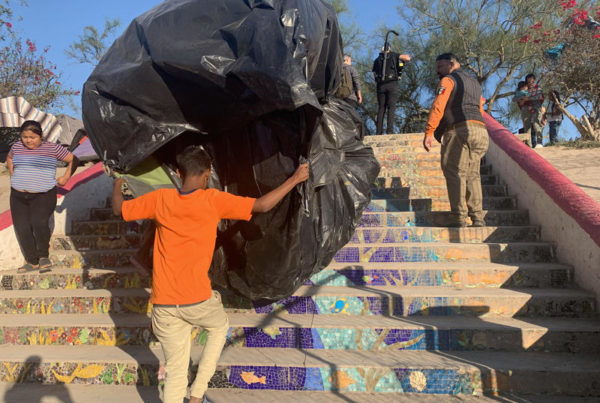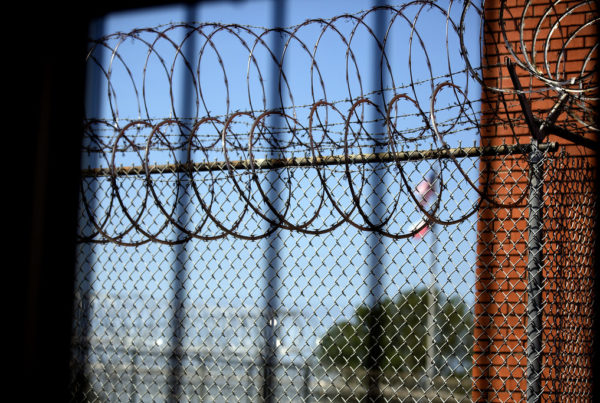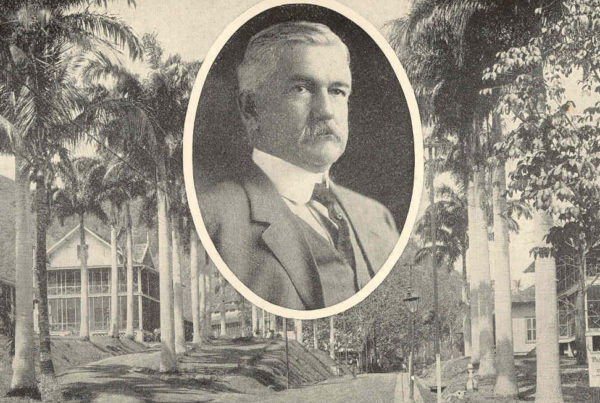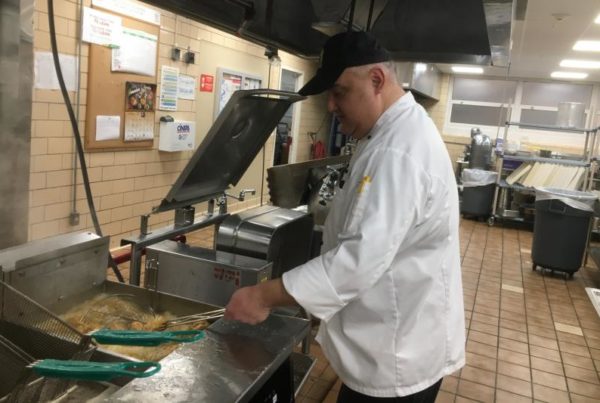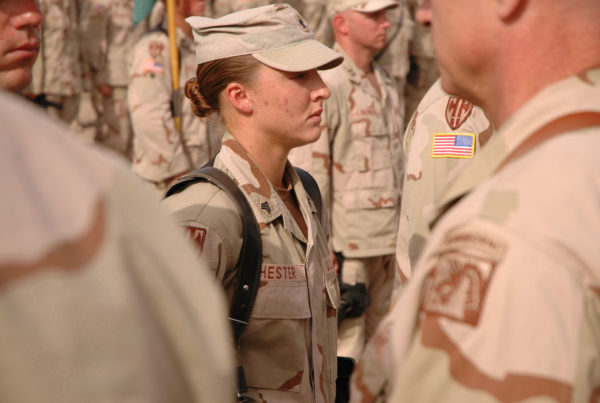More money is about to flow into eight surveillance centers located across across the state. The Texas Department of Public Safety helps to oversee these intelligence-gathering hubs – known as “fusion centers” – but it doesn’t talk much about what they do.
Texas opened the centers after 9/11 as a way to bring together intelligence gathered by federal, state and local law enforcement. Now they’re getting more resources from the state after Gov. Greg Abbott’s executive order following recent mass shootings.
Dave Lieber is Watchdog columnist for The Dallas Morning News, and says the centers have access to a variety of public and law enforcement databases to look up information about Texas residents. The centers combine information and other resources from multiple agencies.
“They call them ‘fusion centers’ because they fuse local, state and federal law enforcement all together inside a joint operation,” Lieber says.
Though the surveillance centers provide a means of coordination during times of crisis like Hurricane Harvey, Lieber says they operate full time, and are able to gather and share information from a variety of sources.
Lieber gives the example of a tourist visiting the Alamo, taking pictures and acting suspiciously. He says a system called TrapWire can take pictures of the tourist and transmit those images back to a fusion center.
“They could use facial recognition software, for example, to find out who you are,” he says “[whether] you’re there just taking pictures as a tourist, or if you’re taking pictures because you have some kind of nefarious act you want to commit to the Alamo.”
Lieber says his theory is that rather than create gun restrictions, the state is using the fusion centers’ surveillance capabilities to keep an eye on places and people who might be a threat.
Lieber says there has been little focus on safeguarding Texans’ privacy.
“Really, not a lot has happened in the Legislature regarding surveillance or privacy,” Lieber says.
Written by Shelly Brisbin.


